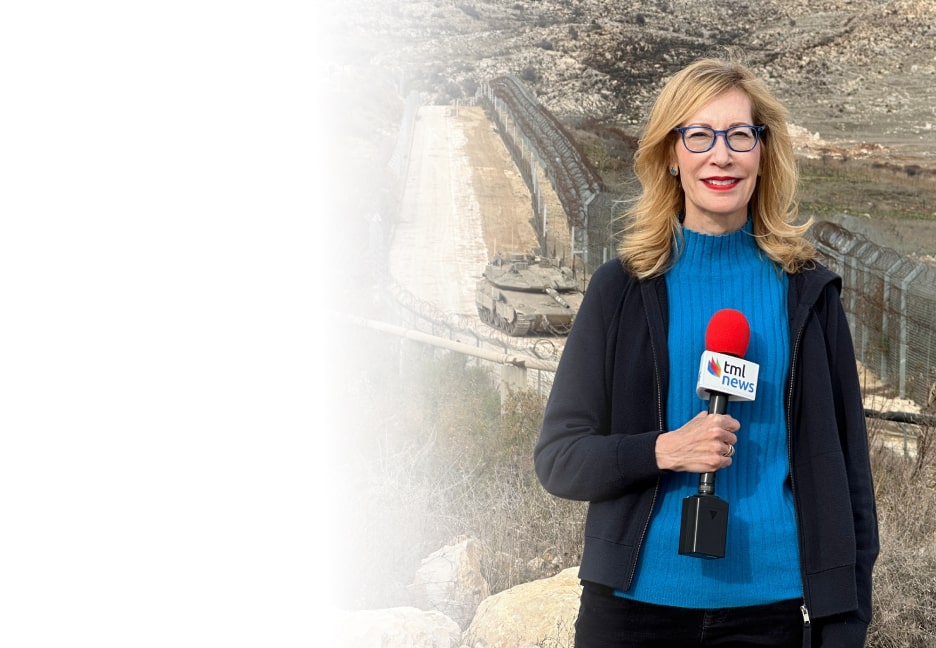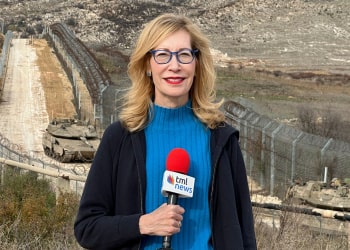Reconstruction in Gaza and Sinai
Al-Masry Al-Youm, Egypt, May 2
I remember when the last Israeli soldier withdrew from the sacred land of Sinai. The airports and settlements were gone, and in Taba, yet another historic chapter unfolded. With Sinai finally liberated, talk of its reconstruction became a recurring national theme. I remember my time in the advisory committee led by the esteemed businessman Mohamed Farid Khamis, which drafted a reconstruction plan for Sinai. Upon reviewing it, I realized it was the eleventh such plan. Around the same time, the People’s Assembly had developed its own vision, and the Specialized National Councils were equally enthusiastic. Successive governments had also not hesitated to approve various plans and launch projects. Few regions in Egypt have seen as many ambitious development proposals as Sinai, which consistently commanded national attention and urban planning efforts.
In the decades that passed since liberation, little tangible progress had been made—until the current Egyptian administration came to power and launched a sweeping wave of national development, with Sinai at its heart. It began with the new Suez Canal branch, completed in just one year, redefining the concept of time in Egypt. Soon after, another dream was realized: the connection between Sinai and the Nile Valley through six major tunnels that now serve as lifelines linking the valley with the once-isolated peninsula. In less than a decade, Egypt built vast infrastructure networks on both sides of the canal, along with new cities, ports, airports, land reclamation projects, and tourist hubs. In the northeast, Taba emerged as a strategic anchor at the top of the Gulf of Aqaba, strengthening Egypt’s presence in the Red Sea.
This journey was far from smooth. It unfolded in the shadow of ongoing terrorist threats, supported in large part by Hamas, which used underground tunnels along the border to smuggle subsidized Egyptian goods, weapons, trained fighters, and financial aid from Gaza. After Egypt succeeded in defeating terrorism in Sinai, a new cycle of “Gaza wars” began—each one following a grimly familiar script. Hamas and Islamic Jihad ignite conflict under the banner of “resistance,” prompting Israeli military retaliation and widespread destruction. Egypt steps in to broker a ceasefire, then oversees reconstruction. The ongoing fifth Gaza war is the most brutal yet. And before even a faint hope of ceasefire or Israeli withdrawal appears, Israel’s objective has come into focus: a new Nakba aimed at depopulating Gaza.
Under Trump, the United States shamelessly pressured Egypt and Jordan to accommodate a displacement scheme that aligns with a broader Israeli strategy championed by a far-right government. In response, Egypt launched a bold diplomatic and political campaign to counter the American-Israeli vision, proposing a comprehensive reconstruction project for Sinai that would preserve Palestinian presence during the rebuilding process. The initiative quickly garnered support from Egyptian government agencies and architects, including my friend Dr. Ayman Ismail, who proposed a visionary framework.
This holiday season, give to:
Truth and understanding
The Media Line's intrepid correspondents are in Israel, Gaza, Lebanon, Syria and Pakistan providing first-person reporting.
They all said they cover it.
We see it.
We report with just one agenda: the truth.


The executive summary of his proposal reads: “Gaza faces unprecedented challenges following the October 2023 conflict, with widespread destruction of infrastructure, homes, and the economy. Reconstruction will require $50 to $80 billion, but political instability, funding gaps, and logistical obstacles demand a phased, strategic approach. This plan fuses a large-scale justice-based reconstruction model akin to the Marshall Plan with grassroots recovery efforts, focusing on key sectors such as textiles, agriculture, and renewable energy.” Immediate goals include securing $5 billion in humanitarian aid, creating a UN-supervised Gaza Reconstruction Authority, and establishing a special economic zone in collaboration with Egypt and Jordan to stimulate job creation. Regional trade access must be expanded, and alternative funding from BRICS countries and Gulf investors should be leveraged to reduce dependence on Western donors. Transparency is paramount—blockchain-based asset tracking should be employed to restore donor trust, alongside a proposed $10 billion solidarity fund to empower local industries.
Egypt’s initiative, which quickly gained Arab and Islamic support through international summits, dealt a significant blow to Israeli and American ambitions. First, it presented a viable alternative to what many believed impossible. Second, it won immediate support from the Palestinian public, who responded with demonstrations not just toward the Egyptian border, but in a dramatic return to Gaza City. In short, the project to depopulate Gaza was foiled—an effort that had been integral to a broader fascist plan to erase the Palestinian presence from the entire region.
This revealed the demographic dimension of Israel’s strategy: not just the removal of Palestinians from Gaza, but a wider attempt to reshape the Middle East entirely. This is happening despite a demographic reality that should give pause—the Jewish population between the Jordan River and the Mediterranean numbers no more than seven million, equal to the number of Palestinians, while the global Jewish population stands at less than 15 million. Genuine resistance to the extreme Israeli right’s demographic agenda can only come through a steadfast Palestinian presence on their land, including within Israel.
Building in Sinai and Gaza—and linking these efforts to Saudi Arabia’s development projects in the AlUla region—serves as a bulwark against the Israeli strategy. This vision is beginning to reshape the Middle East anew, presenting a counter-narrative to war and religious extremism, both Israeli and Palestinian. In its place rises the possibility of a thriving development corridor in the northern Red Sea, built on its tourism potential and spiritual significance, connecting the holy cities of Jerusalem, Sinai, Mecca, and Medina.
In this context, the long-planned construction of the Great Bridge between Saudi Arabia and Egypt becomes more than a regional link—it is a symbol of integration between continents, a unifying artery for development, education, and peace. It offers an alternative future for those who seek progress over destruction, knowledge over violence, and prosperity over despair.
Abdel Moneim Saeed (translated by Asaf Zilberfarb)

